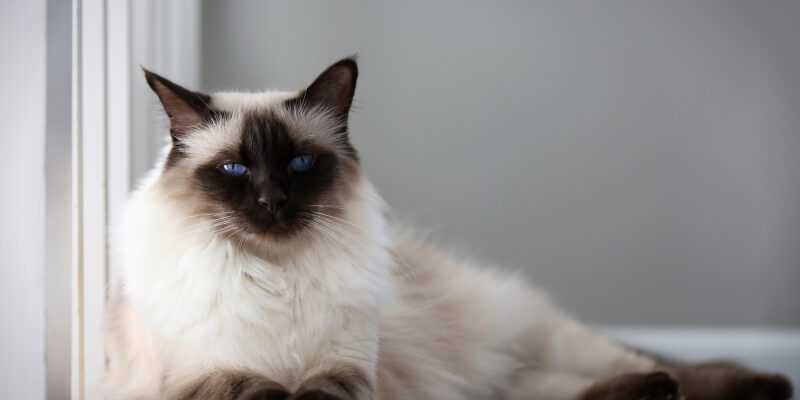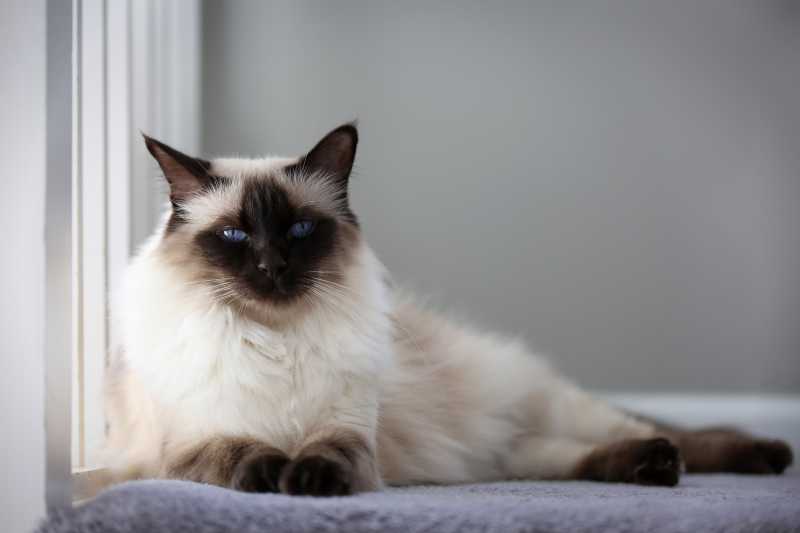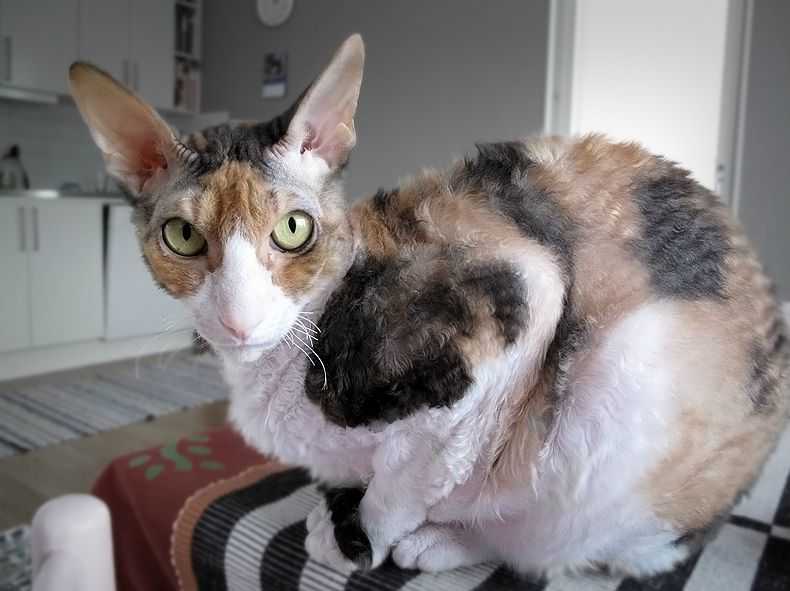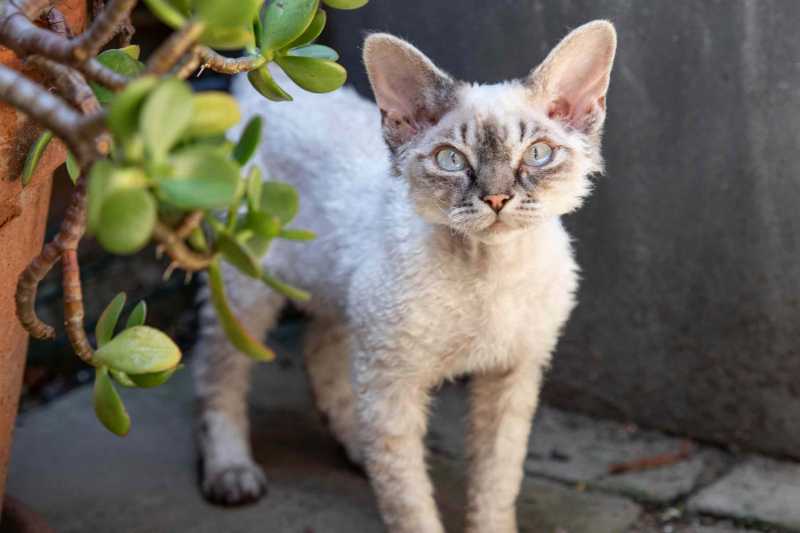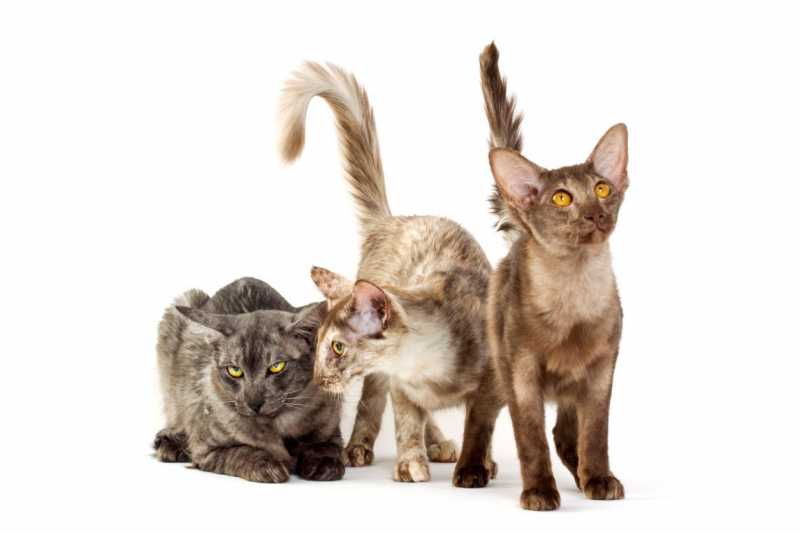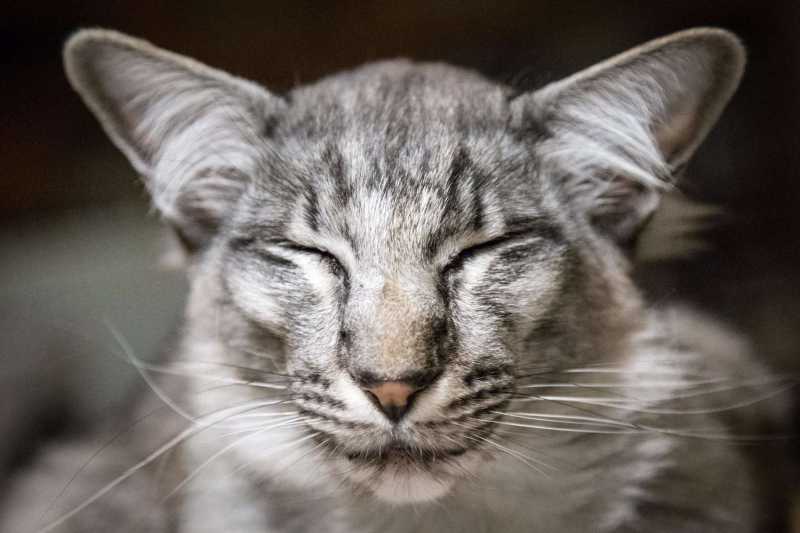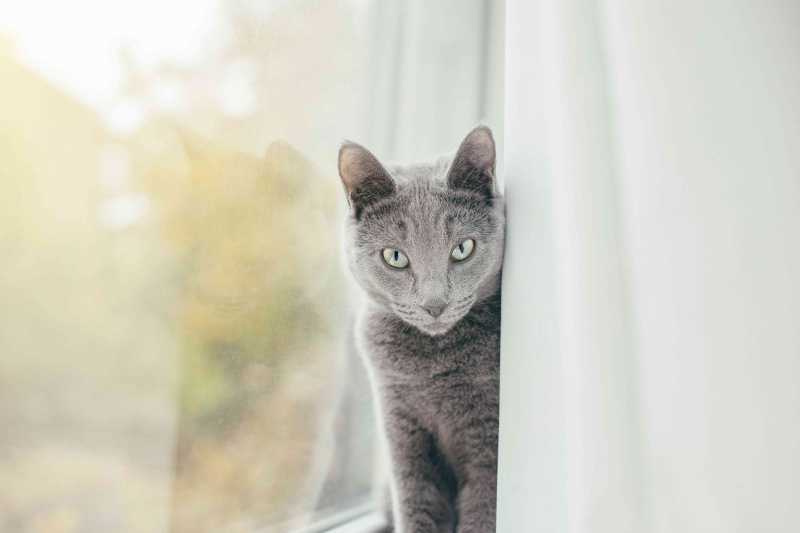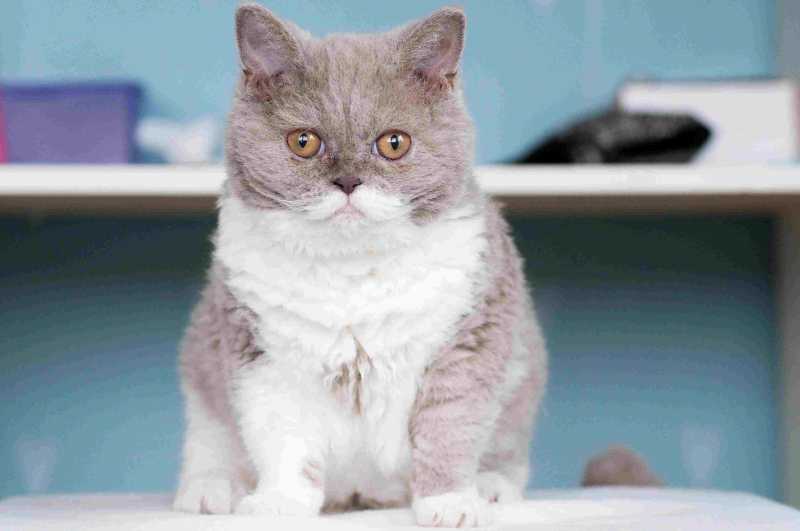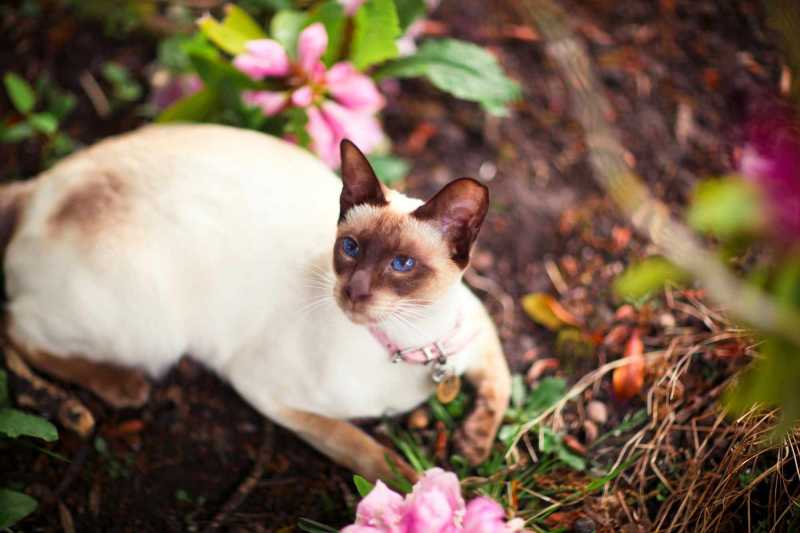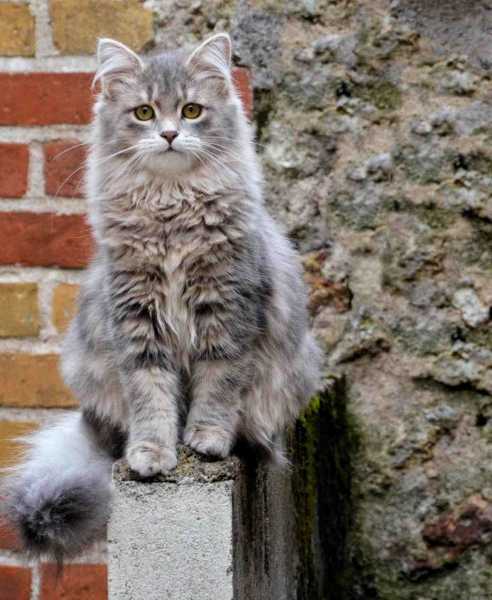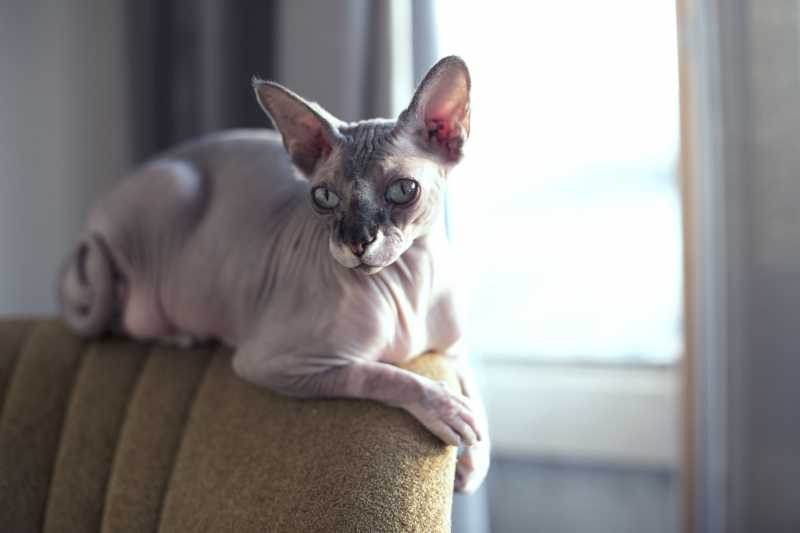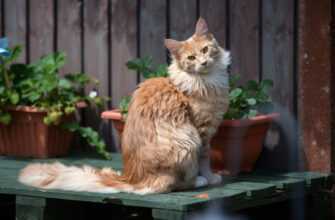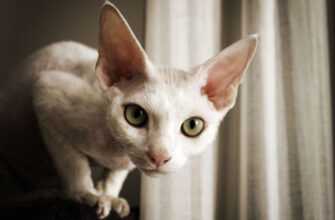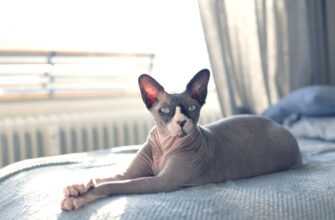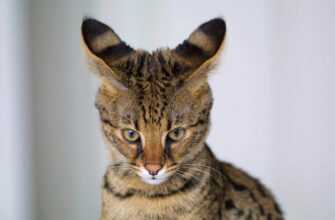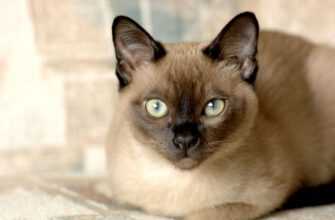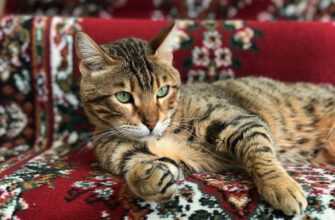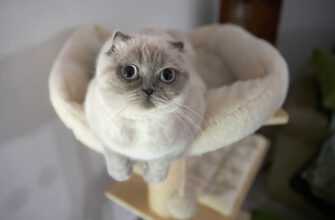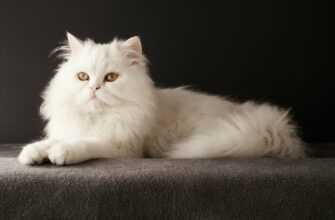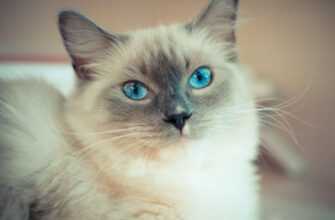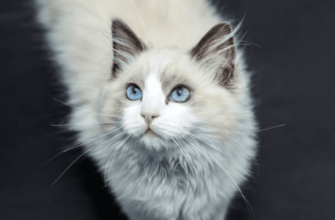If you have mild cat allergies and want to be a cat owner, it’s still possible to adopt the right feline friend to join your family. Some cats don’t give off as many allergens as others, and these hypoallergenic breeds make excellent companions for those with allergy-specific needs.
What is a Hypoallergenic Cat?
While no cat is truly free of allergens, breeds referred to as hypoallergenic are certain types of cats that naturally produce fewer allergens than others. The Fel D1 protein is a common allergen that is less prevalent in these breeds.
Anecdotal reports claim some breeds might be less likely to trigger allergies. This is in part thanks to their lower-than-average amount of shedding, but most importantly, it comes down to the allergenic proteins that naturally occur in their bodies. There are a variety of hypoallergenic cats with unique temperaments and appearances—so before welcoming your new pet, it’s important to learn about each breed’s traits to ensure they’re compatible with your household. Here are ten cat breeds that are ideal for those with allergies.
Tip
Most people who have cat allergies aren’t allergic to a cat’s fur, but rather the proteins in its saliva, urine, and dander (skin flakes). Consistently cleaning the areas of your home where your cat spends a lot of time can help reduce some of these allergens.
Balinese
The Balinese is nearly identical to the Siamese cat breed in most regards, except for its long coat and full plume tail. Despite its coat length, the affectionate and active breed is known for being a low-shedder and just needs a weekly brushing. These cats also might have less of the Fel d 1 protein that causes allergies than many other cats.
Breed Overview
- Height: 6 to 7 inches
- Weight: 8 to 12 pounds
- Physical Characteristics: Wedge-shaped head; slender body; blue eyes
Cornish Rex
Some people believe the short, wavy coat of the Cornish Rex doesn’t tend to shed as much dander as longhaired cats or cats with dense coats. Rex cats only have a fine undercoat and no topcoat at all. These cats are generally very intelligent and active, and they love to be the center of attention.
Breed Overview
- Height: 12 to 14 inches
- Weight: 6 to 10 pounds
- Physical Characteristics: Curved body; high cheekbones; large ears
Devon Rex
Like the Cornish Rex, some people also recommend the Devon Rex as one of the best cat breeds for people with allergies. Its wavy coat doesn’t tend to shed much, which minimizes the spread of dander and other allergens in your home. These cats are outgoing and playful, and they prefer to be involved in what their humans are doing.
Breed Overview
- Height: 10 to 12 inches
- Weight: 8 to 10 pounds
- Physical Characteristics: Large ears; slender neck; prominent eyes
Javanese
The Javanese resulted from a cross with a Balinese and colorpoint shorthair, creating a Siamese-like cat with long hair and a wider coat color range. These cats don’t have an undercoat, meaning they don’t shed much and only need a weekly brushing. Thus, they spread fewer allergens, which might work for people with mild cat allergies.
Breed Overview
- Height: 18 to 20 inches
- Weight: 5 to 10 pounds
- Physical Characteristics: Long legs; athletic build; large ears; almond-shaped, blue eyes
Oriental
The Oriental is a cross of several cat breeds, including the American shorthair, Abyssinian, and Siamese. These athletic, playful, and intelligent cats are moderate shedders that require brushing a couple of times a week. Rubbing them with a damp cloth also can help to remove dead hair and dander to minimize allergens.
Breed Overview
- Height: 8 to 10 inches
- Weight: 6 to 12 pounds
- Physical Characteristics: Sleek body; angular head; large ears; almond-shaped eyes
Russian Blue
The Russian blue is generally an even-tempered cat breed that anecdotally is good for people with mild cat allergies. Its plush, shimmering coat is somewhat low-shedding and typically only requires weekly brushing. In fact, these quiet and gentle cats often love sitting with their favorite humans to be brushed.
Breed Overview
- Height: 8 to 10 inches
- Weight: 8 to 12 pounds
- Physical Characteristics: Blue-gray coat; green eyes; wedge-shaped head
Selkirk Rex
While the Cornish Rex and Devon Rex are typically high-energy cats, the Selkirk Rex is much more laidback. But like the other Rex cats, this breed also has a wavy coat that sheds minimally. Brushing at least a couple of times a week is ideal to remove dead hair and tangles as well as to limit its ability to spread allergens.
Breed Overview
- Height: 9 to 11 inches
- Weight: 9 to 16 pounds
- Physical Characteristics: Loosely curled coat; round head; heavy-boned body
Siamese
The popular Siamese is also supposed to be a low-allergen cat breed, though there is no definitive scientific evidence to that point. These curious cats sport a low-maintenance coat that doesn’t shed much and only needs weekly brushing. But they generally love to be around their favorite humans as much as possible, which might trigger some people’s allergies.
Breed Overview
- Height: 8 to 10 inches
- Weight: 8 to 10 pounds
- Physical Characteristics: Sleek body; almond-shaped eyes; wedge-shaped head
Siberian
The Siberian cat’s claim in the hypoallergenic department stems from the belief that this breed produces relatively little of the Fel d 1 allergen compared to other cats. However, there still is little scientific proof of this. These cats have very thick coats, though they don’t tend to mat or tangle. Weekly brushing is usually all they need.
Breed Overview
- Height: 9 to 11 inches
- Weight: 10 to 20 pounds
- Physical Characteristics: Stocky build; dense coat
Sphynx
Although Sphynx cats are commonly described as “hairless,” they do have a fine, downy fuzz that feels almost suede-like when stroked. Like all cat breeds, Sphynx cats produce dander. But if bathed frequently—which the cat needs anyway to remove excess oil from its skin—the dander’s presence can be minimized.
Breed Overview
- Height: 8 to 10 inches
- Weight: 10 to 12 pounds
- Physical Characteristics: Hairless; wrinkled head; lean build
Breeds to Avoid
High-shedding cat breeds tend to be worse for people with allergies because the allergens get trapped in their coats and spread wherever they lose their fur. Some of these high-shedders include the Persian, Maine coon, Norwegian forest cat, Himalayan, Manx, and Cymric.
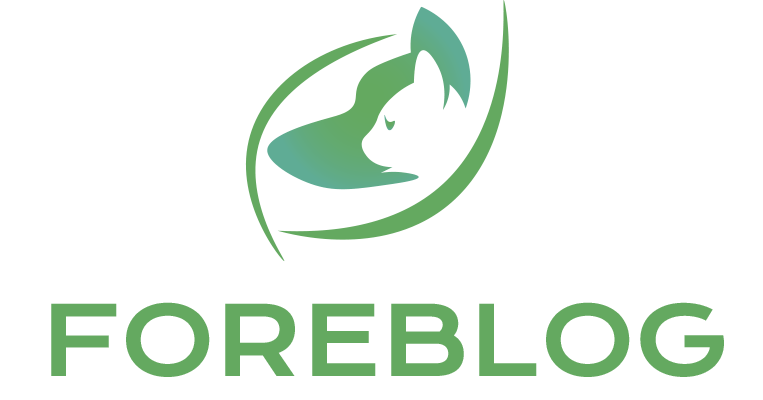
 Home
Home Animal Adoption
Animal Adoption Animal Names
Animal Names Cats
Cats Dogs
Dogs